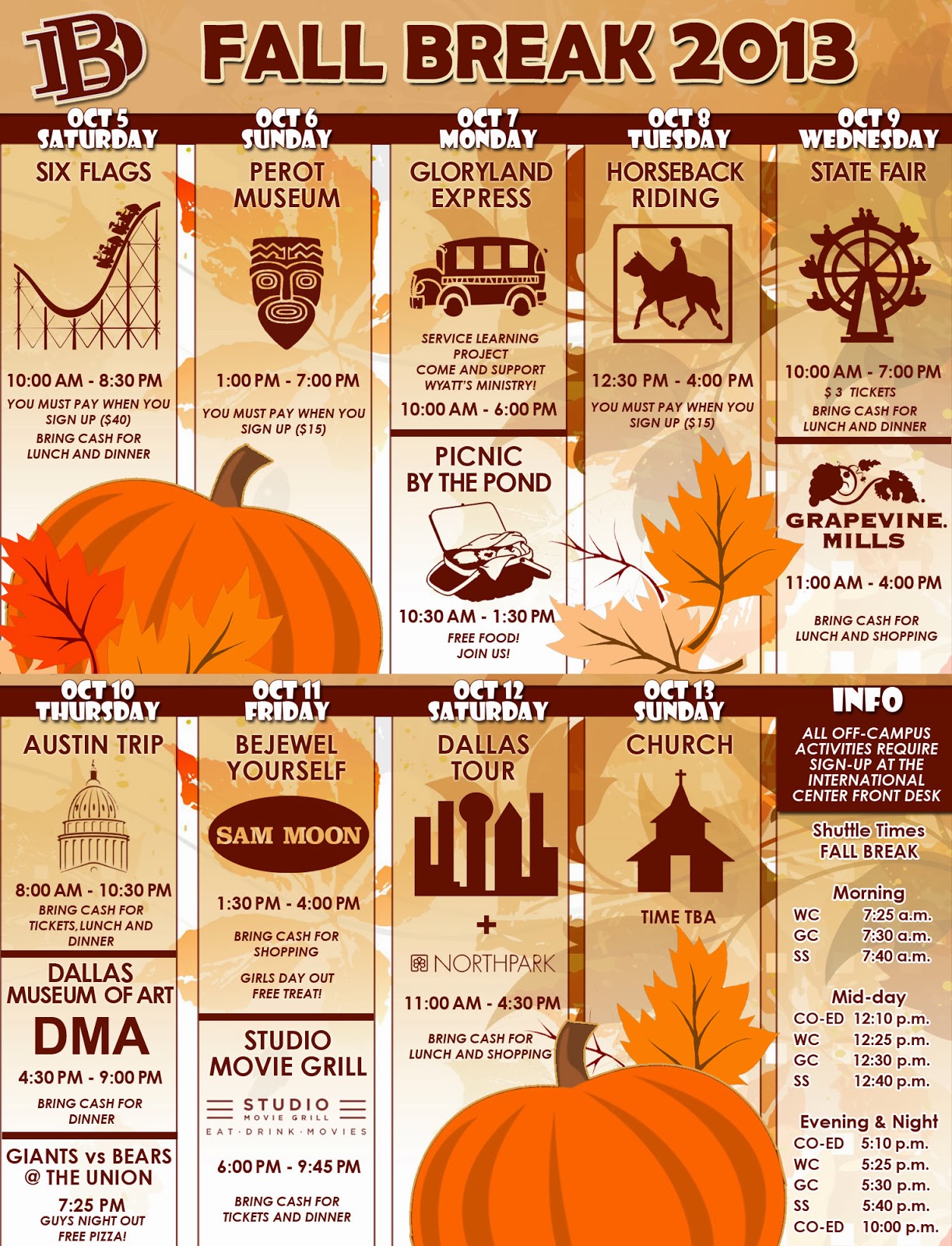

Late Registration - $100 Late Registration Fee: PC191/TN Employees & Elite Student Auditors - refer to University & Student Business Services calendars.+ Students registered with Disability Resources for Students (DRS) Degree Seeking Graduate - April 4, 2022.When registration opens for your classification, it opens at 7:00 am and remains open throughout the regular registration period.Ĭheck Your Registration Status Before Registering Should visit Academic Advising for advising information. Please visit New Student Orientation to register for a session.įor Fee Payment and Refund deadlines, refer to University & Student Business Services calendars.ĭegree-seeking students must be advised before registering, Undergraduate students Your New Student Orientation (NSO) session. Where appropriate, dates are given for each part of term-FULL, 1ST, 2ND, and TN eCampus.įor TN eCampus Term 7-week parts of term, see the TN eCampus Academic Calendar.įirst-Time Freshmen: Your initial advising and registration will take place during Major activities-last day to add or drop, last day to withdraw, semester beginningĪnd end dates, etc. Refer to this calendar for your first day to register as well as deadlines for enrollment in the traditional Chinese calendar and in Celtic traditions, the September equinox is considered to be roughly the middle of fall.Ĭomparison table: meteorological spring vs.Fall 2022 Dates and Deadlines Fall 2022 Dates and Deadlines Most of North America and Europe use astronomical fall, while Australia and New Zealand use meteorological fall (however, as these countries are in the Southern Hemisphere, the seasons are opposed and fall there lasts from March to May). There is no "official rule" which definition of fall to use, and different countries adhere to different conventions. While the exact definition of a season's timing and length can differ in different areas based on local conditions, in most of the Northern Hemisphere meteorological fall is generally defined as the three months of September, October and November, with the season starting on September 1 and ending on November 30. The length of the astronomical seasons varies between 89 and 93 days, while the length of the meteorological seasons is less variable and is fixed at 90 days for winter in a non-leap year (91 days in a leap year), 92 days for spring and summer, and 91 days for fall. It is important for them to be able to compare the same period of time in different years. Meteorologists, on the other hand, define seasons based on climatic conditions and the annual temperature cycle. To find out the exact date and time of fall 2023 in your area use this seasons calculator. For locations that are ahead of UTC (further east) it may fall on the day after, and for locations that are behind UTC (further west) it may fall on the day before. While fall starts and ends at the same moment in time all over the Northern Hemisphere, the date and local time differ from place to place depending on the year and a location's time zone. The start and end dates for fall given on this page are the dates of astronomical fall in the Northern Hemisphere and are based on Coordinated Universal Time (UTC), which for practical purposes is equivalent to Greenwich Mean Time (GMT - the time zone of the United Kingdom). In the Southern Hemisphere fall lasts from the March equinox (March 19 to 21) to the June solstice (June 20 to 22). Fall ends and winter starts at the moment of the December solstice, which occurs every year between December 20 and December 23. In the Northern Hemisphere summer ends and fall starts at the moment of the September equinox, which occurs every year between September 21 and 24. In the astronomical calendar the start and end dates of fall are based on the changing position of Earth in relation to the sun and the resulting solar events of equinoxes and solstices. Astronomical and meteorological fall start and end on different dates.

The two most commonly used ones are based on the astronomical calendar and the meteorological calendar. There are various ways to define the start and end dates of fall. It is the intervening period between the warmest time of the year, summer, and the coldest time of the year, winter.Īstronomical fall vs. Fall, usually called autumn outside of North America, is one of the four seasons that make up the year.


 0 kommentar(er)
0 kommentar(er)
